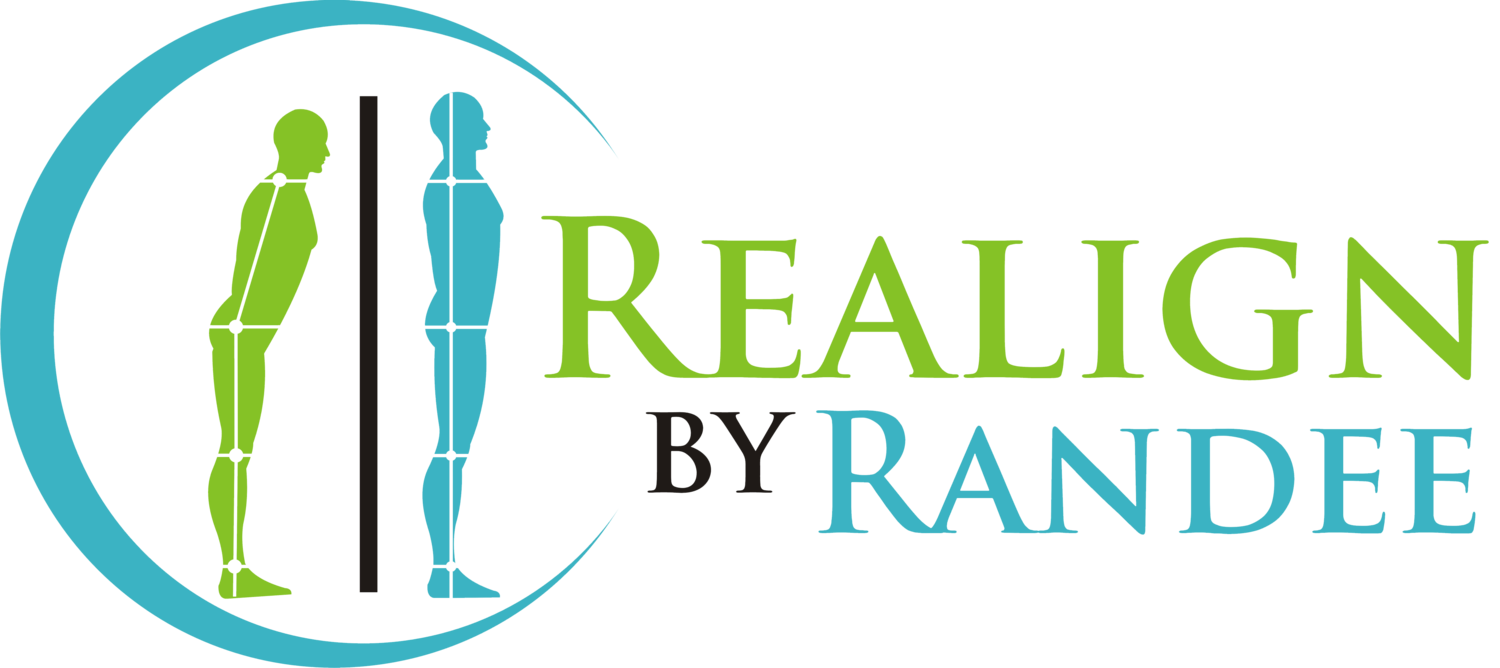Pregnancy and Early Postpartum
The term “fourth trimester” of pregnancy may sound like an oxymoron, but it is an actual concept that has emerged in recent years in an increasing number of healthcare circles. What exactly is the fourth trimester? Essentially, it is the 12-week period postpartum during which both mother and baby go through a period of intense transition. While much of the focus of care during this period has historically been concentrated on the baby’s health, the concept of the fourth trimester aims to provide attention to the needs of the mother, which often go unaddressed.
Women tend to receive excellent medical care before, during, and immediately after pregnancy. This begins with prenatal vitamins before conception and progresses to comprehensive care throughout the three trimesters of pregnancy and through delivery. Women are closely monitored to regularly assess the growth of the baby as well as the mother’s health to ensure an optimal outcome for the baby. Along with regular prenatal visits, labs, and ultrasounds, counseling regarding diet and allowed activities as well as guidance for the upcoming labor process are standard practice.
Following delivery, however, women have historically had very little interaction with their obstetricians. Typically, only one routine postpartum visit is scheduled around six weeks after childbirth for medical clearance. Once the baby is delivered, the focus of attention tends to turn away from the mother and towards the baby’s health, with frequent pediatric care visits and the constant attention of mother, family, and/or caregivers. But the mother’s health is important too, and by the time she is scheduled to visit her doctor she likely has endured a number of issues relating to pregnancy, the birthing process, and the many challenges of coping with a newborn baby.
Pregnancy and childbirth create significant changes in a woman’s body that ideally need to be addressed sooner rather than later. There may be a host of issues present, including physical trauma to the pelvic floor through stretching, tearing or an incision, hormonal impact to the ligaments which are further affected through breastfeeding, and of course recovery from major surgery by women who have had a cesarian with their abdominals cut across about seven to eight inches. A single follow-up appointment is unlikely to address the many issues a new mother may be dealing with, both physically and emotionally.
The emergence of fourth trimester care for the mother helps to address these concerns. The American College of Obstetricians and Gynecologists (ACOG) changed their recommendations for postpartum care as follows: “All women should ideally have contact with a maternal care provider within the first 3 weeks postpartum. This initial assessment should be followed up with ongoing care as needed, concluding with a comprehensive postpartum visit no later than 12 weeks after birth.” These visits are an important time for women to share with their doctors any symptoms related to their bodies or minds to initiate proper support.
A comprehensive postpartum visit should include a full assessment of physical, social, and psychological well-being, including the following aspects: emotional well-being, infant care and feeding, sexuality, contraception, birth spacing, sleep and fatigue, physical recovery from birth, chronic disease management, and health maintenance. While many obstetricians are on board with fourth trimester guidelines, the standardization of such care is still a work in progress and women in many cases still must advocate for themselves in order to receive much needed care for a wide range of postpartum issues.
Some common postpartum issues, such as those related to pelvic floor dysfunction,can have long-term effects. Many physical therapists that specialize in pelvic floor physical therapy feel that a more in-depth look at pelvic floor function should be included in the postpartum screening or evaluation process. Women often perceive these issues as normal consequences of pregnancy and delivery and don’t bring them up with their doctors. Unfortunately, these dysfunctions go untreated and become exacerbated over time. It is not uncommon for symptoms to progress, requiring therapists to ultimately treat patients over and over for years for problems that arose following the birth of their children. These include pelvic pain, pressure, leaking/incontinence, and other symptoms that connect back to the body’s response to changes from pregnancy or delivery trauma. Screens for preventing pelvic organ prolapse as well as separation in the abdominals,which can result in a hernia or make one worse, are also vital. All of these have the possibility to become long-term issues but can be effectively treated if dealt with in a timely manner.
It is always exciting when modern medicine makes changes based on research to enhance care that is so necessary. The travel rule that tells us to put on our oxygen masks first before assisting our children is an excellent metaphor for self-care. By taking care of moms after they have given birth, we ultimately create stronger and healthier caretakers for both the newborn baby
and other children in the family. It is critical to educate and inform women about potential postpartum problems so that they can advocate for themselves, ask their doctors the right questions, enable early identification, and get the appropriate referrals to specialty providers. Please share this with any loved ones that may be getting pregnant or are currently pregnant so they can get the care they deserve.
